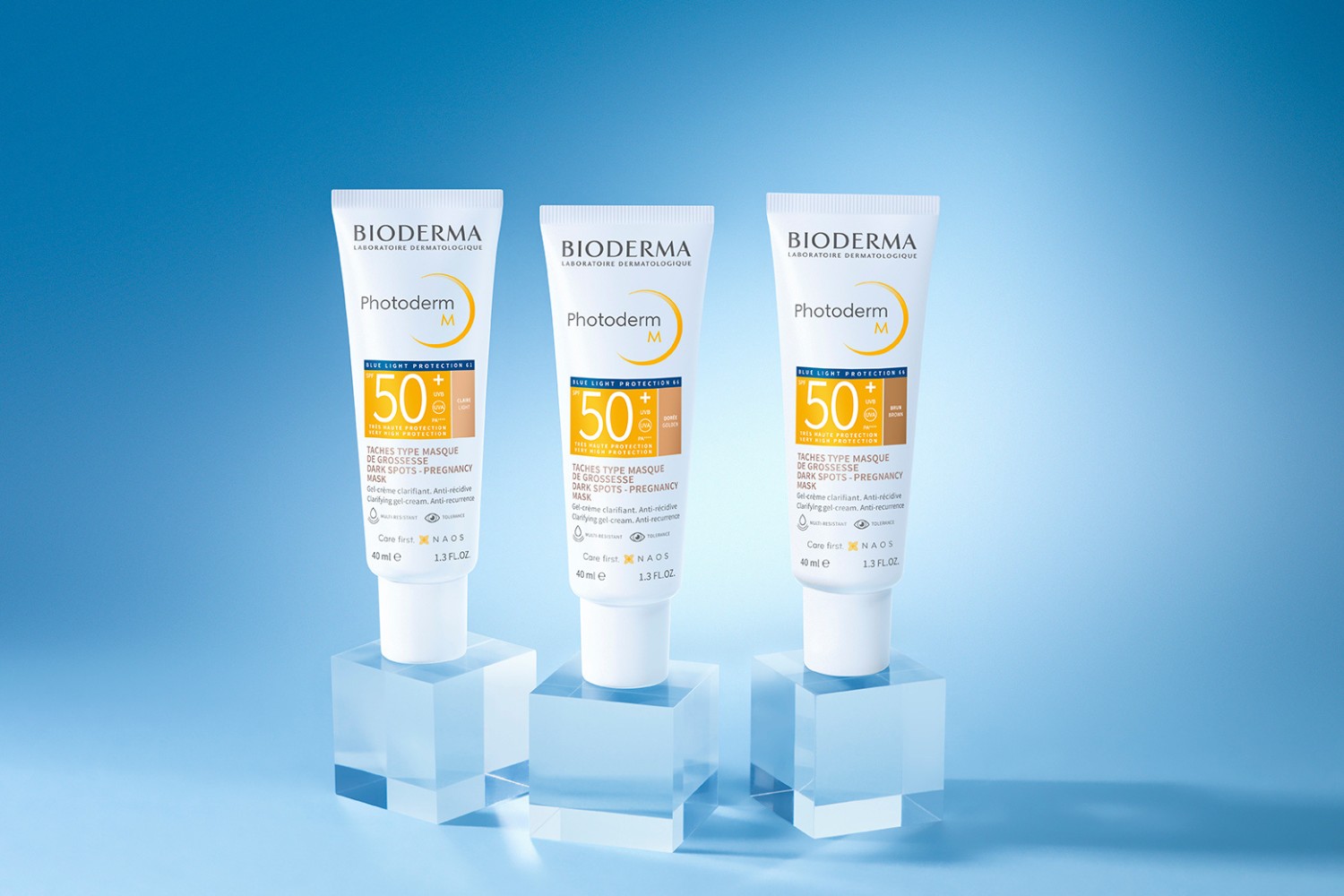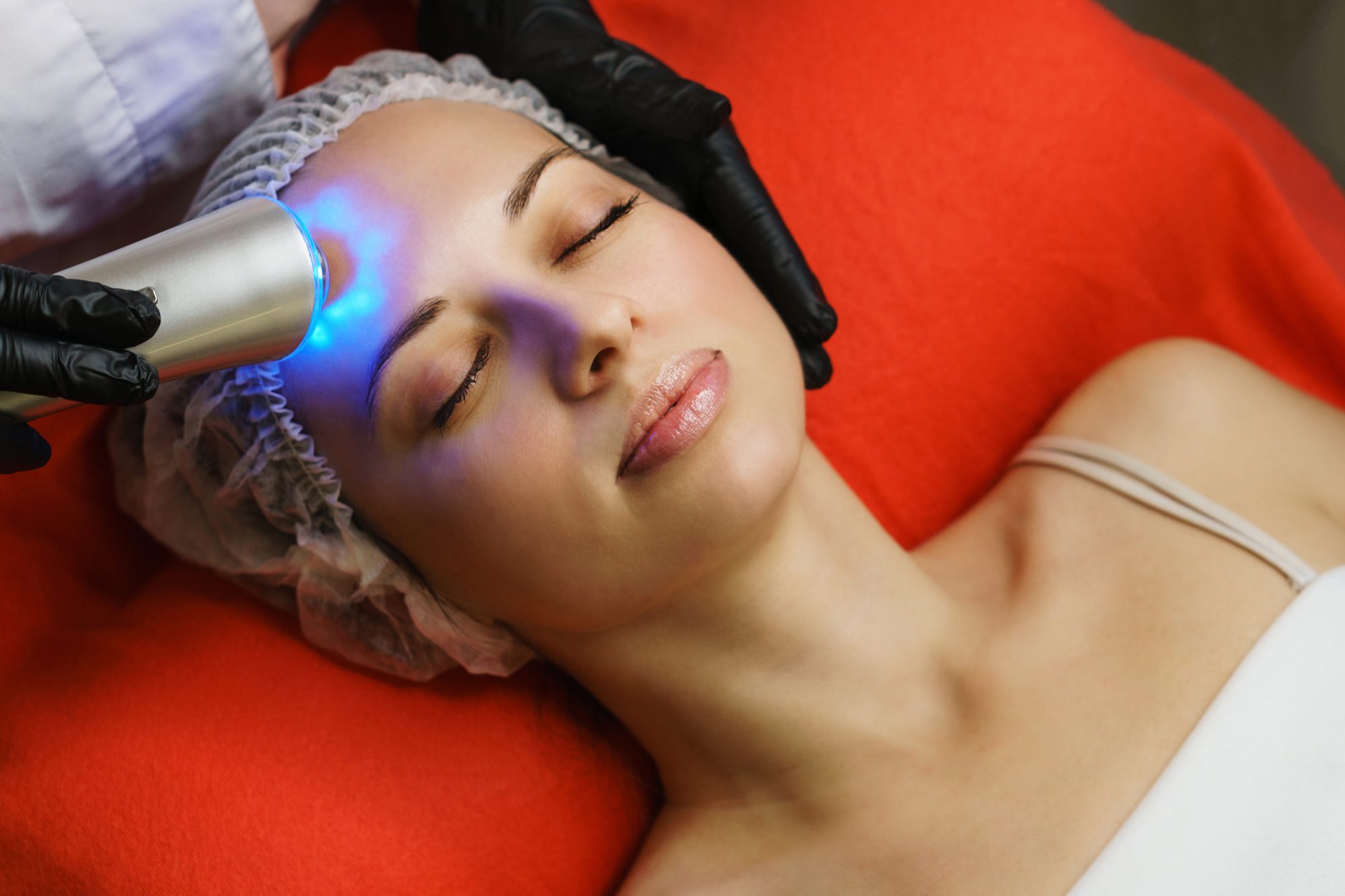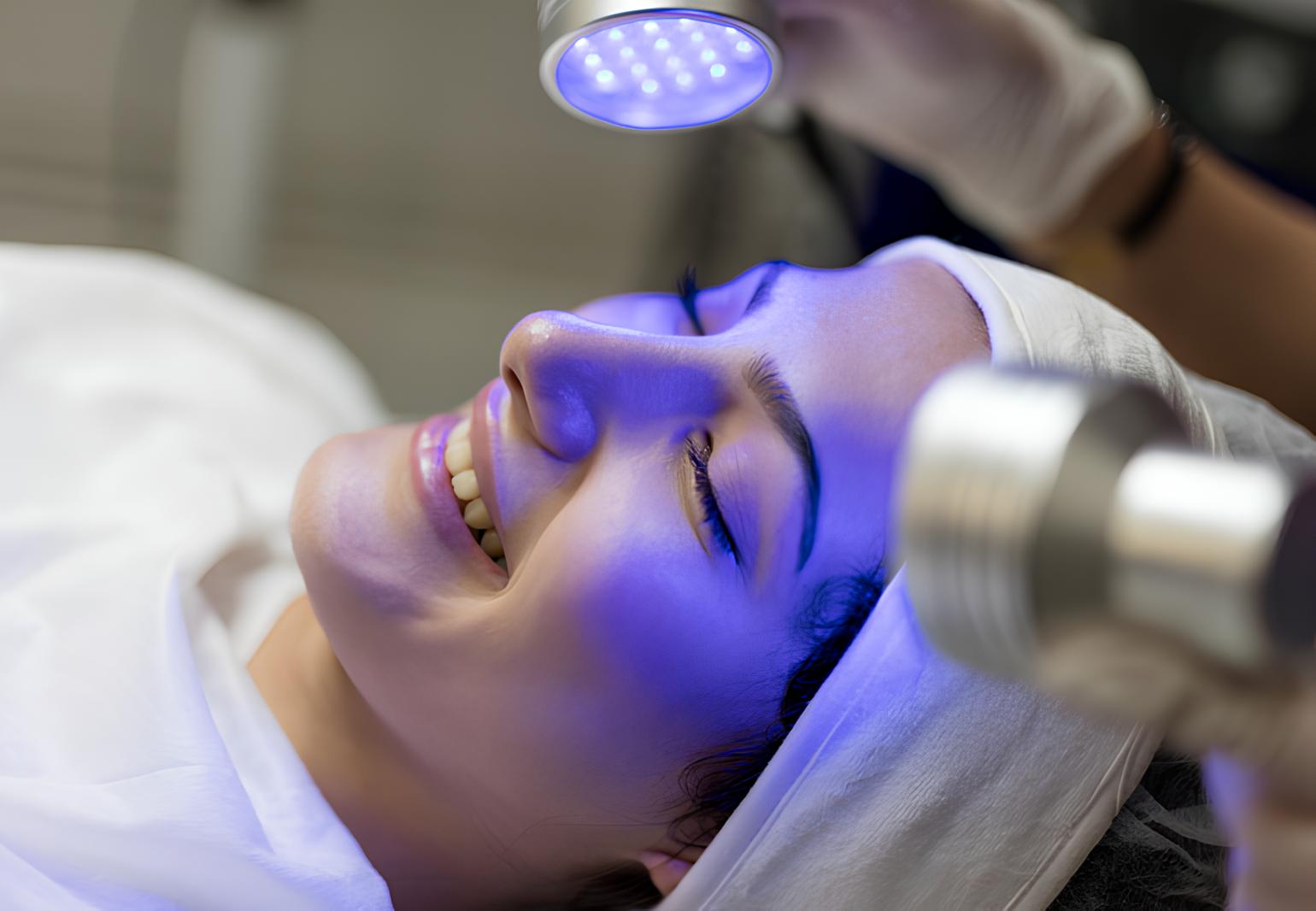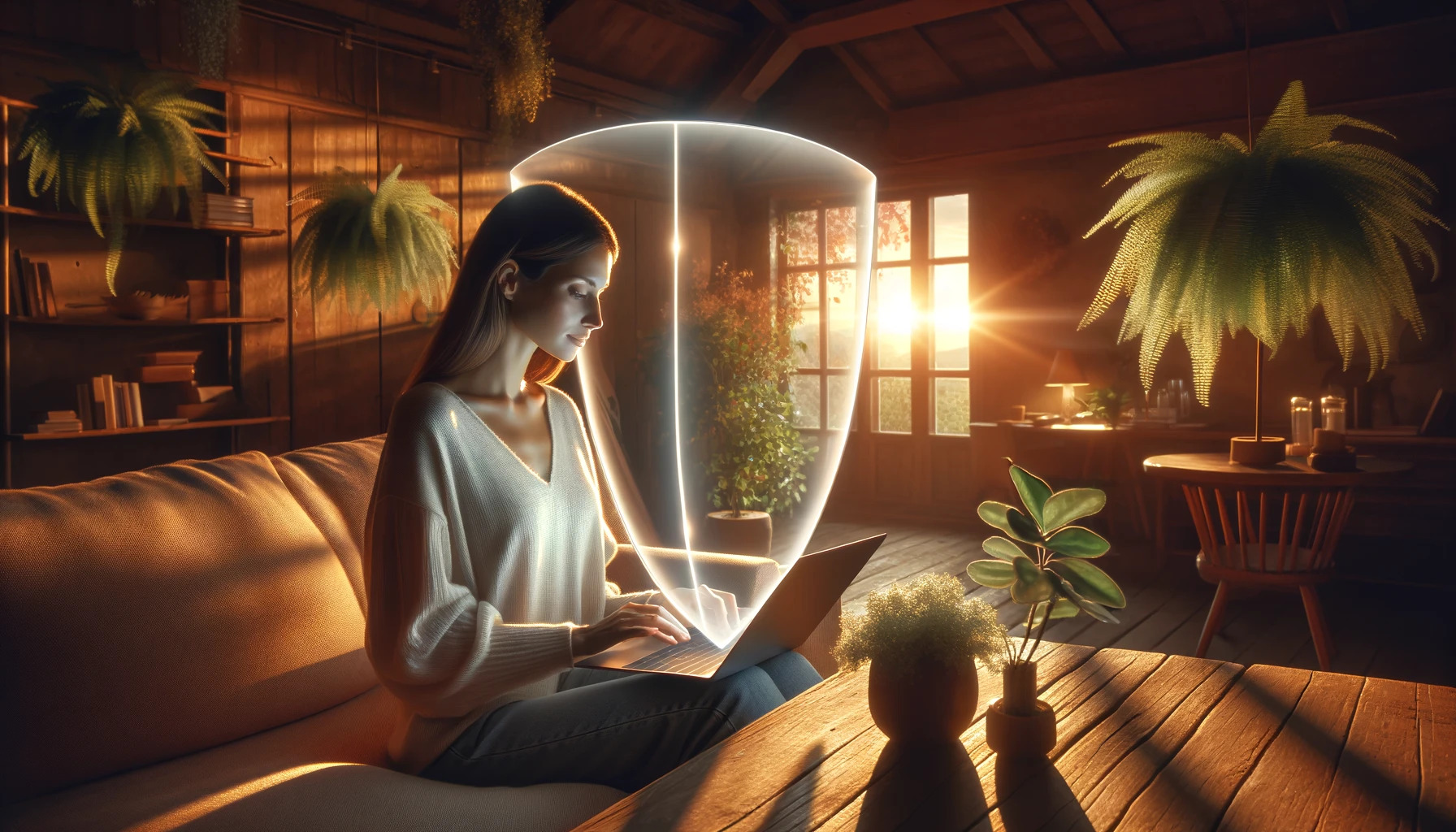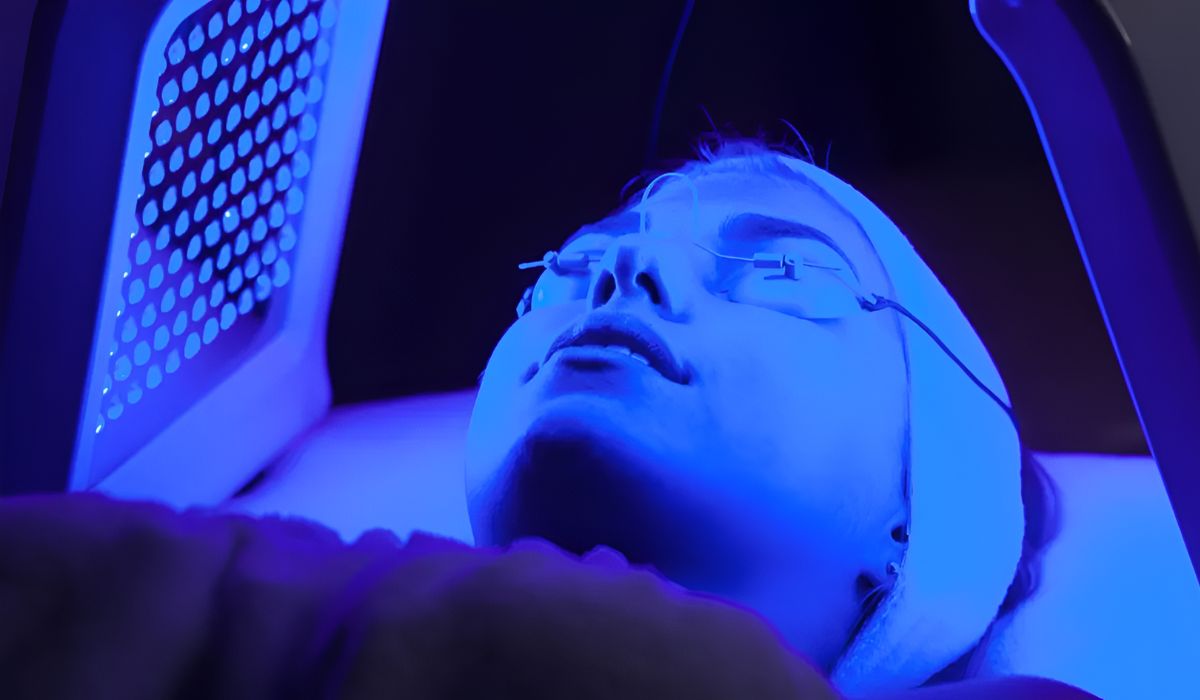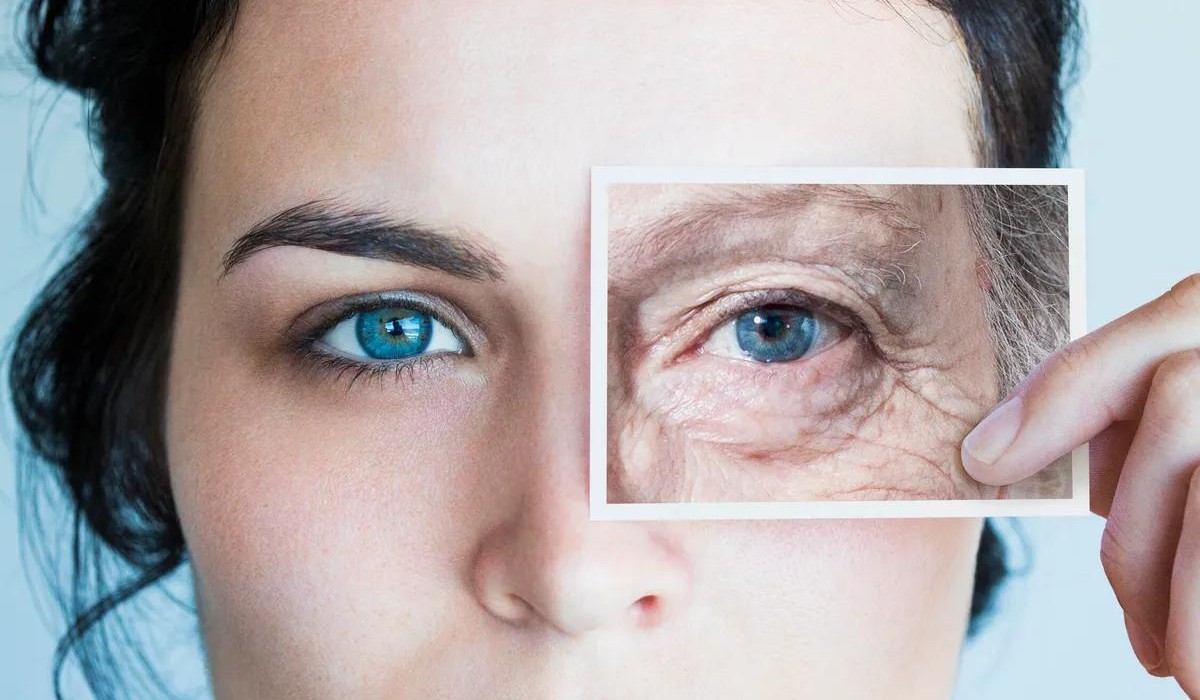Introduction
In today's digital age, our exposure to blue light has significantly increased due to the widespread use of electronic devices such as smartphones, tablets, and computers. While the potential adverse effects of blue light on our eyes have been widely discussed, its impact on the skin is a growing concern. As we become more reliant on technology, it's crucial to understand the implications of blue light exposure and take proactive measures to protect our skin.
The skin is the body's largest organ and serves as a protective barrier against external environmental factors. However, prolonged exposure to blue light, especially from the sun and digital screens, can lead to various skin issues, including premature aging, hyperpigmentation, and potential damage to the skin's natural defense mechanisms.
As a result, the need for effective sun care has evolved beyond traditional UV protection to include defense against blue light. This has prompted a shift in the way we approach skincare, with an increasing emphasis on selecting sunscreens that offer comprehensive protection against both UV and blue light.
In this article, we will delve into the intricacies of blue light and its effects on the skin, emphasizing the importance of integrating blue light protection into our sun care routines. Furthermore, we will explore the key factors to consider when choosing a sunscreen specifically designed to shield the skin from the harmful effects of blue light. By understanding the significance of blue light protection and making informed choices, we can safeguard our skin and promote its long-term health and vitality.
As we navigate the digital landscape and bask in the sun's rays, it's essential to equip ourselves with the knowledge and tools necessary to shield our skin from the potential harm posed by blue light. Let's embark on this journey to unravel the secrets of effective sun care and empower ourselves to make informed decisions for the well-being of our skin.
Understanding Blue Light and Its Effects on the Skin
Blue light, also known as high-energy visible (HEV) light, is a type of light with short wavelengths and high energy levels. It is emitted not only by the sun but also by digital screens, LED lighting, and other electronic devices that have become integral parts of our daily lives. While the impact of ultraviolet (UV) radiation on the skin has been extensively studied and emphasized, the potential effects of blue light on skin health are increasingly gaining attention.
The skin, being the outermost barrier of the body, is constantly exposed to environmental stressors, including blue light. When blue light penetrates the skin, it can generate reactive oxygen species (ROS), leading to oxidative stress. This process can trigger a cascade of events, including the breakdown of collagen and elastin, which are essential for maintaining skin elasticity and firmness. Consequently, prolonged exposure to blue light may contribute to premature aging, manifesting as fine lines, wrinkles, and loss of skin resilience.
Moreover, studies have suggested that blue light exposure may exacerbate skin hyperpigmentation, potentially leading to uneven skin tone and dark spots. This is particularly concerning for individuals with melasma or post-inflammatory hyperpigmentation, as blue light can stimulate melanocytes, the pigment-producing cells in the skin, leading to increased pigmentation in affected areas.
Furthermore, blue light has been implicated in disrupting the skin's natural circadian rhythm, which plays a vital role in regulating cellular processes and repair mechanisms. Disruptions to the circadian rhythm can compromise the skin's ability to recover from daily environmental stressors, potentially impacting its overall health and resilience.
In addition to these effects, emerging research suggests that blue light may contribute to the exacerbation of certain skin conditions, such as acne. While further studies are needed to fully elucidate the mechanisms underlying these effects, the cumulative evidence underscores the importance of addressing blue light exposure in skincare regimens.
Understanding the potential impact of blue light on the skin highlights the need for comprehensive sun care strategies that encompass protection against both UV radiation and blue light. By integrating targeted blue light protection into our skincare routines, we can take proactive steps to safeguard our skin from the detrimental effects of modern-day environmental stressors.
The Importance of Sunscreen in Protecting Against Blue Light
The pivotal role of sunscreen in shielding the skin from the harmful effects of ultraviolet (UV) radiation is widely recognized. However, as our understanding of the potential impact of blue light on skin health continues to evolve, the significance of sunscreen in protecting against blue light has come to the forefront of sun care discussions. Sunscreen serves as a crucial line of defense, offering comprehensive protection against both UV and blue light, thereby mitigating the potential damage caused by these environmental stressors.
By incorporating sunscreen specifically formulated to address blue light exposure, individuals can fortify their skin's resilience and minimize the risk of premature aging, hyperpigmentation, and other adverse effects associated with blue light. The formulation of these sunscreens typically includes ingredients that act as a shield against blue light, helping to mitigate its penetration into the skin and the subsequent generation of reactive oxygen species (ROS). This proactive approach not only safeguards the skin's structural integrity but also supports its natural repair mechanisms, promoting overall skin health and vitality.
Furthermore, the integration of blue light-protective sunscreen into daily skincare routines aligns with the proactive ethos of modern sun care. It empowers individuals to take proactive measures against the cumulative effects of blue light exposure, especially in the context of increasing reliance on digital devices and prolonged sun exposure. By applying sunscreen with blue light protection, individuals can enjoy the benefits of digital technology and outdoor activities while minimizing the potential harm to their skin.
In essence, the importance of sunscreen in protecting against blue light cannot be overstated. It represents a proactive and preventive approach to skincare, addressing the evolving challenges posed by modern environmental stressors. By embracing sunscreens designed to combat blue light, individuals can nurture their skin's well-being and resilience, fostering a holistic approach to sun care that extends beyond traditional UV protection. As the skincare landscape continues to evolve, the integration of blue light-protective sunscreen stands as a testament to the adaptability and innovation within the realm of sun care, empowering individuals to prioritize the long-term health and vitality of their skin.
Key Factors to Consider When Choosing a Sunscreen for Blue Light Protection
When selecting a sunscreen specifically designed to provide protection against blue light, several key factors should be taken into consideration to ensure optimal efficacy and skin health preservation.
-
Broad-Spectrum Protection: Opt for a sunscreen labeled as "broad-spectrum," indicating its ability to shield the skin from both UVA and UVB rays. While UVB rays are primarily associated with sunburn, UVA rays can penetrate the skin more deeply, contributing to premature aging and skin damage. By choosing a broad-spectrum sunscreen, you can ensure comprehensive protection against a wide range of harmful rays, including blue light.
-
Blue Light-Blocking Ingredients: Look for sunscreens that contain specific blue light-blocking ingredients, such as iron oxide, zinc oxide, or antioxidants like vitamin C and niacinamide. These components act as a barrier against blue light, helping to minimize its penetration into the skin and mitigate the potential generation of reactive oxygen species (ROS), which can contribute to oxidative stress and skin damage.
-
SPF Level: While SPF primarily indicates the level of protection against UVB rays, higher SPF formulations often correlate with increased overall protection. Opting for a sunscreen with a higher SPF can provide an added layer of defense against the cumulative effects of UV and blue light exposure, bolstering the skin's resilience and minimizing potential damage.
-
Non-Comedogenic Formulation: For individuals with oily or acne-prone skin, choosing a non-comedogenic sunscreen is crucial. This formulation is designed to prevent pore-clogging, reducing the risk of breakouts while ensuring consistent protection against blue light and UV radiation.
-
Skin-Specific Formulations: Consider your skin type and any specific concerns, such as sensitivity or dryness, when selecting a sunscreen. Some formulations are tailored to address these specific needs, offering not only blue light protection but also additional skincare benefits, such as hydration, soothing properties, or mattifying effects.
-
Water-Resistant Properties: If you anticipate prolonged sun exposure or water-related activities, opt for a water-resistant sunscreen to maintain consistent protection. This is especially important when considering outdoor activities or when using sunscreen in humid conditions, ensuring its longevity and efficacy in shielding against blue light and UV radiation.
By carefully evaluating these key factors when choosing a sunscreen for blue light protection, individuals can make informed decisions that align with their specific skin needs and lifestyle, ultimately promoting comprehensive sun care that addresses the evolving challenges posed by modern environmental stressors.
Tips for Using Sunscreen Effectively
Effective application of sunscreen is essential to maximize its protective benefits and ensure comprehensive defense against UV radiation and blue light. Here are valuable tips for using sunscreen effectively:
-
Apply Generously:
To achieve the stated level of protection, it is crucial to apply sunscreen generously. Experts recommend using approximately a nickel-sized amount for the face and a shot glass-sized quantity for the body. Thorough coverage ensures that the skin receives adequate protection against both UV and blue light. -
Reapply Regularly:
Reapplication is key to maintaining consistent protection, especially during prolonged sun exposure or outdoor activities. It is advisable to reapply sunscreen every two hours or immediately after swimming or sweating, as these activities can diminish its effectiveness. -
Mind the Expiry Date:
Check the expiration date of the sunscreen before use, as expired products may not provide the intended level of protection. Using sunscreen past its expiration date can compromise its efficacy, potentially leaving the skin vulnerable to UV and blue light exposure. -
Layer with Skincare Products:
When incorporating sunscreen into your skincare routine, ensure that it is applied as the final step before makeup or other skincare products. This allows the sunscreen to form a protective barrier on the skin, minimizing the penetration of blue light and enhancing its overall efficacy. -
Pay Attention to High-Risk Areas:
Certain areas, such as the ears, neck, and the back of the hands, are often neglected during sunscreen application. It is essential to pay attention to these high-risk areas, ensuring comprehensive coverage and protection against UV and blue light exposure. -
Consider Environmental Factors:
Environmental conditions, such as high altitude, reflective surfaces (e.g., water and snow), and intense sunlight, can amplify UV and blue light exposure. In such settings, it is advisable to be particularly diligent in applying and reapplying sunscreen to mitigate the heightened risk. -
Integrate Sunscreen into Daily Routine:
Make sunscreen application a consistent part of your daily routine, regardless of the weather or season. By integrating sunscreen into your skincare regimen, you establish a proactive approach to sun care, safeguarding your skin against the cumulative effects of UV and blue light exposure.
By adhering to these tips for using sunscreen effectively, individuals can optimize the protective benefits of sunscreen, fortifying their skin against the potential harm posed by UV radiation and blue light. These proactive measures support comprehensive sun care, promoting the long-term health and resilience of the skin in the face of modern environmental stressors.
Conclusion
In conclusion, the evolving landscape of sun care has brought to light the significance of addressing blue light exposure as a crucial component of comprehensive skin protection. As our reliance on digital devices and sun exposure continues to shape our daily routines, understanding the potential impact of blue light on skin health becomes paramount. The integration of blue light-protective sunscreen stands as a proactive and preventive measure, empowering individuals to fortify their skin against the cumulative effects of modern environmental stressors.
By unraveling the intricacies of blue light and its effects on the skin, we have gained valuable insights into the potential implications of prolonged exposure. From oxidative stress and premature aging to disruptions in the skin's natural repair mechanisms, the multifaceted impact of blue light underscores the necessity of tailored sun care strategies. Sunscreen, a cornerstone of skin protection, emerges as a pivotal tool in mitigating the potential harm posed by blue light, offering a comprehensive defense against both UV radiation and high-energy visible light.
The key factors to consider when choosing a sunscreen for blue light protection provide a roadmap for individuals to make informed decisions aligned with their specific skin needs and lifestyle. From broad-spectrum protection and blue light-blocking ingredients to skin-specific formulations and water-resistant properties, these considerations empower individuals to select sunscreens that cater to their unique requirements, fostering a proactive approach to sun care.
Effective application of sunscreen, as highlighted by valuable tips, further amplifies its protective benefits, ensuring thorough coverage and consistent defense against UV and blue light exposure. By embracing these recommendations, individuals can optimize the efficacy of sunscreen, integrating it seamlessly into their daily routines to safeguard their skin's well-being and resilience.
As we navigate the digital landscape and bask in the sun's rays, the integration of blue light-protective sunscreen into our skincare routines represents a proactive stance toward nurturing the long-term health and vitality of our skin. It embodies a commitment to holistic sun care, addressing the evolving challenges posed by modern environmental stressors and empowering individuals to embrace a proactive approach to skin protection.
In essence, the journey to choosing a sunscreen that effectively shields against blue light encompasses a blend of knowledge, discernment, and proactive measures. By understanding the significance of blue light protection and making informed choices, we can embark on a path that prioritizes the well-being of our skin, fostering resilience and vitality in the face of modern-day environmental stressors.







